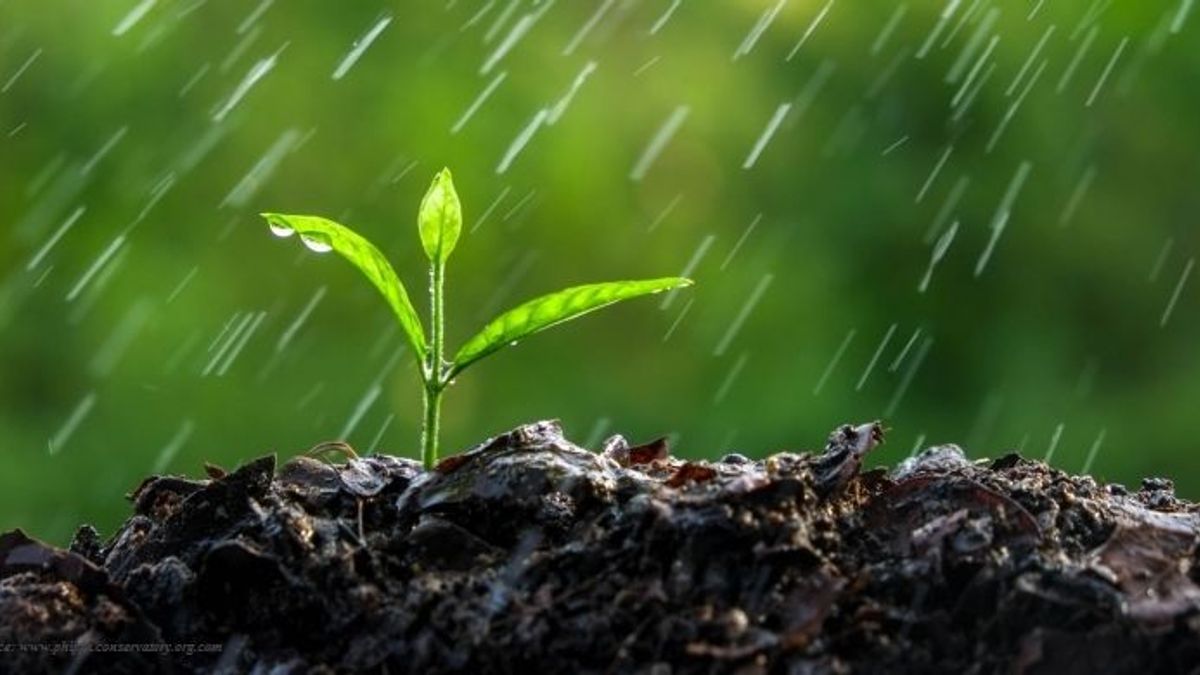Science of Petrichor-
Earth’s Natural Scent
Image used for illustrative purposes only
The scent of rain hitting dry soil, known as petrichor, is a universally cherished aroma that evokes a sense of freshness, nostalgia, and connection to nature. This distinctive fragrance, described as earthy and pleasant, has fascinated perfumers and scent enthusiasts alike, leading to its recreation in the world of perfumery. But what exactly makes petrichor such a captivating scent, and how is it captured in a bottle?
Petrichor, a term coined in 1964 by Australian researchers Isabel Joy Bear and Richard G. Thomas, describes the distinct and pleasant scent that arises when rain falls on dry soil. This earthy aroma is a complex phenomenon that involves various biological and chemical processes. Understanding petrichor requires delving into the interplay between soil, plants, and the atmosphere.
The primary contributors to petrichor are compounds known as geosmin and plant oils. Geosmin, a bicyclic alcohol with a distinct earthy scent, is produced by soil-dwelling bacteria, particularly Actinobacteria. When these bacteria die, geosmin is released into the soil. Plant oils, on the other hand, are secreted by vegetation during dry periods. These oils accumulate on soil and rocks and are absorbed by the earth.
When rain arrives, the water droplets interact with these compounds, causing a chain reaction that releases the characteristic petrichor scent. The process begins with rainwater displacing the trapped air in soil pores, creating small air bubbles. As these bubbles rise to the surface, they burst and release geosmin and other volatile compounds into the atmosphere, resulting in the recognizable smell.
Petrichor is more than just a pleasant smell; it is a complex interplay of chemical and biological processes that reveals the intricate connections between the earth, rain, and life. By unraveling the science behind this phenomenon, we gain a deeper appreciation for the natural world and its subtle yet profound mechanisms.
Image used for illustrative purposes only
Capturing the essence of petrichor in a fragrance involves mimicking the natural process and the unique compounds that produce this scent. Perfumers use a combination of synthetic and natural ingredients to recreate the delicate balance of geosmin, plant oils, and other earthy notes. Geosmin is a key ingredient, often synthesized for use in perfumes due to its potent and recognizable aroma.
The challenge for perfumers lies in balancing the strong, earthy notes of geosmin with other elements that evoke the freshness and complexity of rain. Additional ingredients might include:
- Iso E Super: A synthetic molecule that adds a woody, ambergris-like scent, enhancing the overall complexity.
- Vetiver: A natural oil with earthy, woody notes that complements the scent profile of petrichor.
- Citrus or ozonic notes: These can add a fresh, clean quality reminiscent of rain and moisture.
Petrichor-inspired fragrances have gained popularity not only as personal scents but also in home and ambient fragrances. They are used in candles, diffusers, and room sprays, providing an immersive experience that brings the outdoors inside. The demand for these fragrances reflects a broader trend towards nature-inspired scents, as consumers seek to reconnect with the natural world in their daily lives.
By understanding the chemical and emotional components of this aroma, perfumers can create captivating scents that evoke the freshness and beauty of a rainy day. As the fascination with nature-inspired fragrances grows, petrichor continues to captivate and inspire, offering a sensory link to the profound and timeless experience of rain.

Author : Sheela Iyer
sheela@cosmetech.co.in
Sheela Iyer is an observer of the Indian Cosmetics & personal care industry and the editor of ‘Cosmetech’. She regularly video interviews industry experts on Cosmetech TV and has her fortnightly podcast ‘Cosmetics Today’
Subscribe to our free newsletter to read the latest news and articles before they are published.













Subscribe To Our Newsletter
Join our mailing list to receive the latest news and updates from The Cosmetics industry
You have Successfully Subscribed!